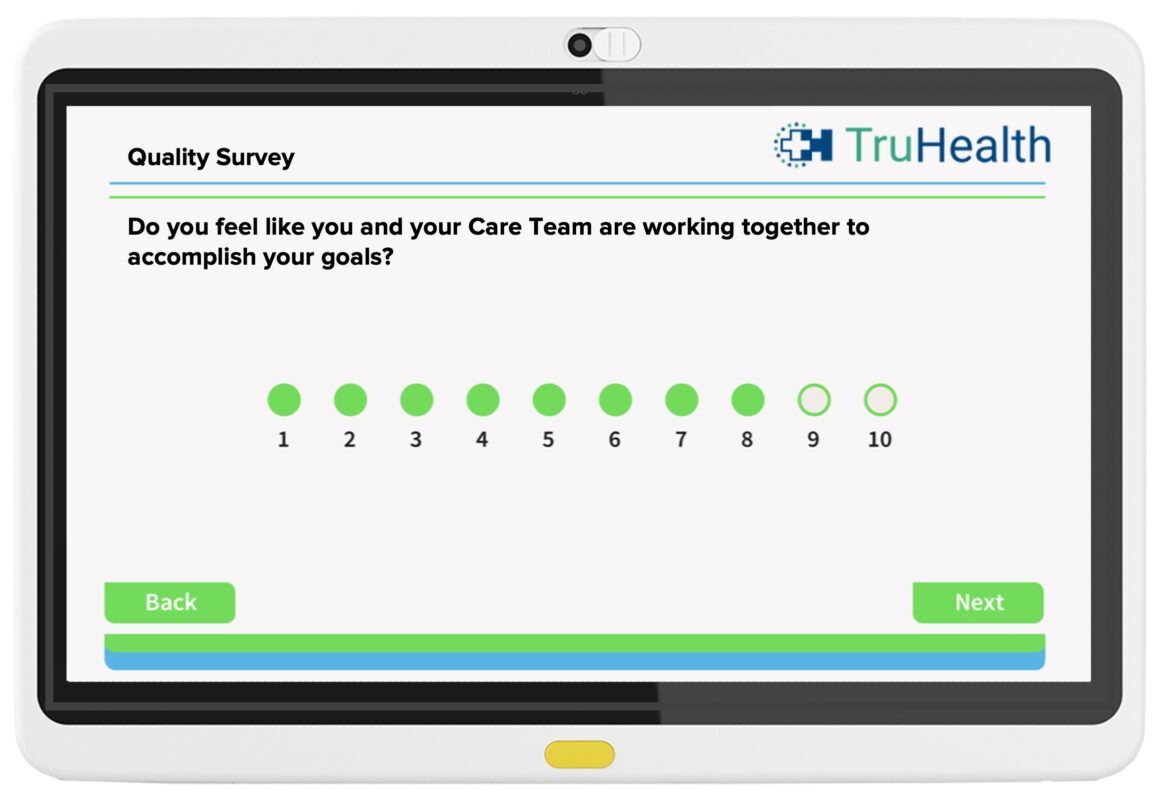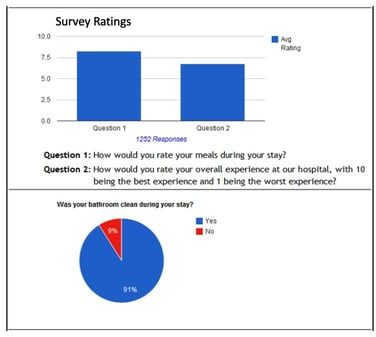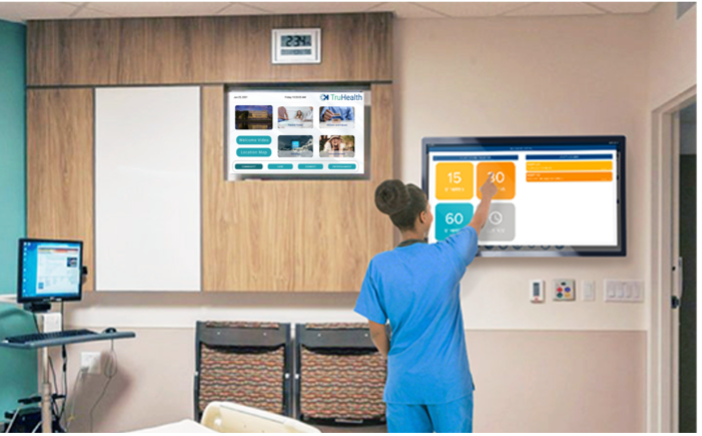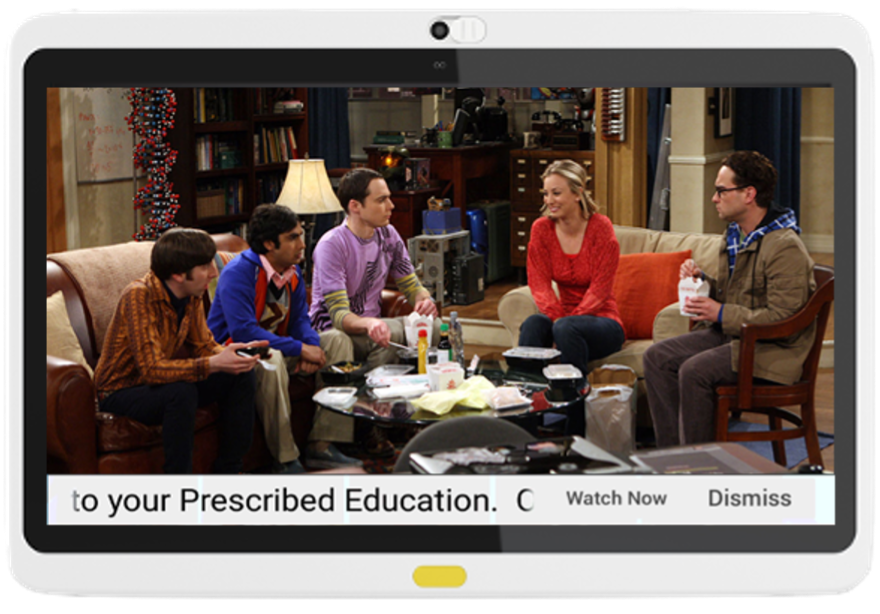Patient Surveys: The Value of Monitoring Patient Satisfaction
Estimated reading time: 5 minutes
Patient satisfaction is the key to a great experience
As healthcare consumerism continues to rise, it is now more important than ever for hospitals to prioritize providing a positive experience for their patients. After all, you want discharged patients to glowingly report their exceptional care experience at your hospital. Despite the challenges that many organizations are currently facing due to the pandemic - such as the loss of experienced team members, clinical burnout, staff safety concerns, and changes to CMS rules for value-based programs - improving patient satisfaction remains crucial for boosting revenue growth and reducing operational costs. By placing a strong focus on enhancing the patient experience, hospitals can effectively decrease penalties, improve staff security, and gain a competitive advantage. This is why health systems and clinics are increasingly turning to integration platforms that automate patient satisfaction monitoring, ultimately creating exceptional experiences for both patients and staff members.
Meeting patients where they are
- Are doctors and nurses approachable and responsive?
- What expectations are we setting at Admittance?
- Do patients feel they're given appropriate time and attention with the Care Team?
- Are procedures and medical processes adequately explained?
- What patient engagement initiatives do we offer that create a better patient experience?
- Do patients trust they're getting the right care?
- Are service requests met accurately and in a timely manner?
- Are the patient education materials we're providing relevant and meaningful?
- Are we sharing patient satisfaction results with the public to build a reputation for exceptional care?
Surveys as a measurement tool for patient satisfaction
Providing patients with a platform to express their opinions on the quality of service they receive is crucial. When your patient engagement system offers customized survey capabilities, you can easily send surveys through a user-friendly patient portal. Ensuring accessibility and ease of use for surveys is essential in eliciting a positive response. Additionally, configuring the survey distribution allows for various reporting methods, enabling quick response to feedback. Automating this process highlights areas for service improvement. It is vital to incorporate survey data and auto-generated results as valuable tools for resource planning and future expansion.
According to experts, detailed insights into the patient experience, often collected through patient experience surveying, are the best way to drive practice improvement. This survey data helps organizations identify key pain points for patients and determine the stakeholders crucial in implementing practice improvement initiatives.

Your patient engagement system should offer the flexibility to tailor patient satisfaction surveys according to your specific needs and requirements.
With the convenience of touch-enabled digital whiteboards and patient TVs, completing a survey is as simple as swiping a screen or clicking a button. This user-friendly approach ensures that patients of all technological abilities can easily participate in the survey. Moreover, the integrated patient engagement platform enables the care team to promptly receive feedback and review results if a patient has a less than satisfactory experience. This valuable feedback helps health systems identify areas for improvement and make necessary adjustments to meet patient expectations.

The last word
It is clear that prioritizing patient satisfaction is essential for any healthcare organization. By closely monitoring and understanding the patient experience, organizations can make informed decisions based on data to enhance the quality of care they deliver. Implementing effective data management tools not only streamlines processes but also provides measurable metrics to achieve planning goals. By actively reviewing patient feedback, the focus remains on the core objective of providing exceptional care that enables patients to achieve optimal health, ultimately benefiting the organization's bottom line.
Share this
You May Also Like





